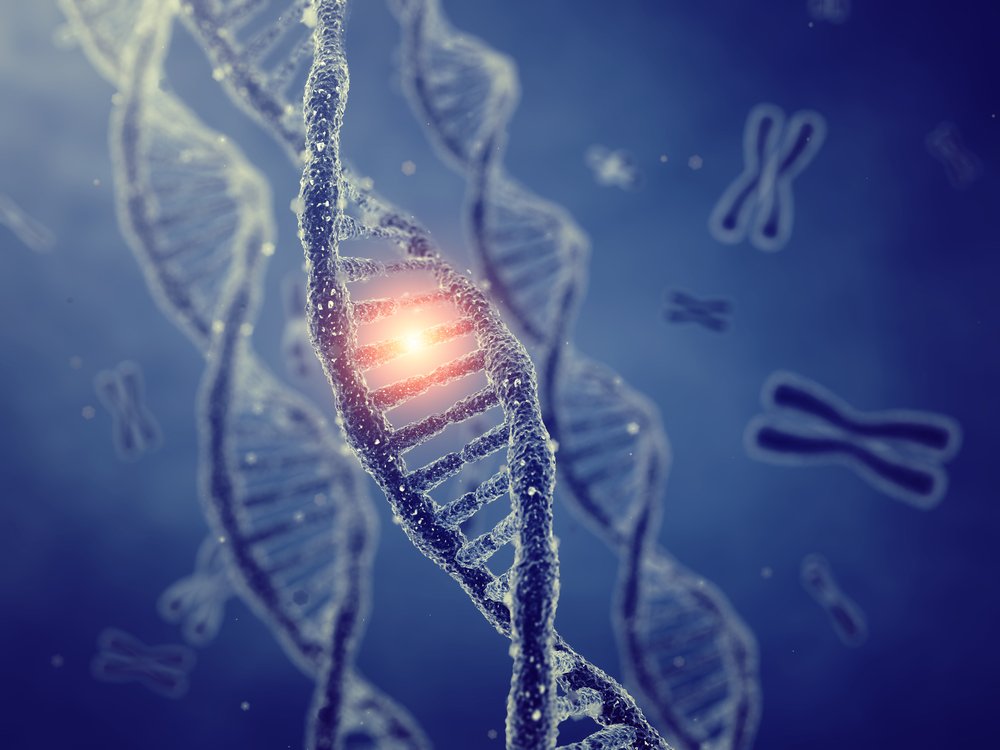New GARS Mutation Found in First Cases of African Patients with CMT2D
Written by |

Scientists discovered a new mutation in the GARS gene in the first reported cases of two African siblings with Charcot-Marie-Tooth disease type 2D (CMT2D).
The case report study, “A novel mutation in the GARS gene in a Malian family with Charcot-Marie-Tooth disease,” was published in Molecular Genetics & Genomic Medicine.
CMT is the most common heritable disease that affects the peripheral nervous system — the network of nerves responsible for controlling movement and sensation in the limbs. The disease can be caused by more than 90 different genetic mutations and manifest at different ages, depending on the particular type and subtype.
CMT2D is a subtype of CMT associated with mutations in the GARS gene, which provides instructions to make an enzyme called glycyl-tRNA synthetase. This enzyme can be found in all tissues in the body and is important for the production of proteins.
Although it is still unclear why mutations in GARS lead to onset of the disease, scientists believe these mutations may decrease the activity of glycyl-tRNA synthetase, which results in nerve cells’ inability to transmit signals properly.
“Although described in other populations, no genetically confirmed CMT2D case has been reported in the literature in Africa in general and West Africa in particular,” the investigators stated.
In this case report study, researchers reported the first two cases of African patients with CMT2D who carried a new mutation in GARS that had never been described in the literature.
The siblings — a 35-year-old man and a 19-year-old woman — were born from consanguineous (related) parents and started experiencing the first symptoms of the disorder at 10 to 12 years of age.
Initial symptoms included muscle weakness and hand atrophy (muscle wasting), which progressed and started affecting their lower limbs as well. Both siblings also complained of minor sensory impairments.
Nerve conduction studies — tests that determine how well and how fast nerve cells are able to transmit electrical signals — showed that both siblings had practically no response in their upper and lower limbs, indicative of nerve damage.
Genetic analyses showed that both siblings carried a missense mutation (single nucleotide mutation that alters protein composition) — c.794C>A (p.Ser265Tyr) — in one copy of GARS that was associated with CMT2D. Interestingly, analyses also showed their mother carried the same genetic variant, despite showing no symptoms of the disorder.
“We report here the first CMT2D cases in Africa and a novel mutation in GARS, expanding the genetic epidemiology of this CMT subtype. The Ser265Tyr variant, which was not previously reported elsewhere, adds to the limited number of GARS disease-associated variants,” the researchers said.
“Although some clinical variability has been published in CMT2D families, the clinical pattern seen in the family presented in this study has rarely been reported. Larger cohort studies in Africa will allow phenotype-genotype (symptoms shown) studies to understand the phenotypic variability and the underlying mechanism distinguishing CMT2D from [distal spinal muscular atrophy type V]. Such studies may also uncover other new CMT variants or genes that can be studied in other populations,” they added.




